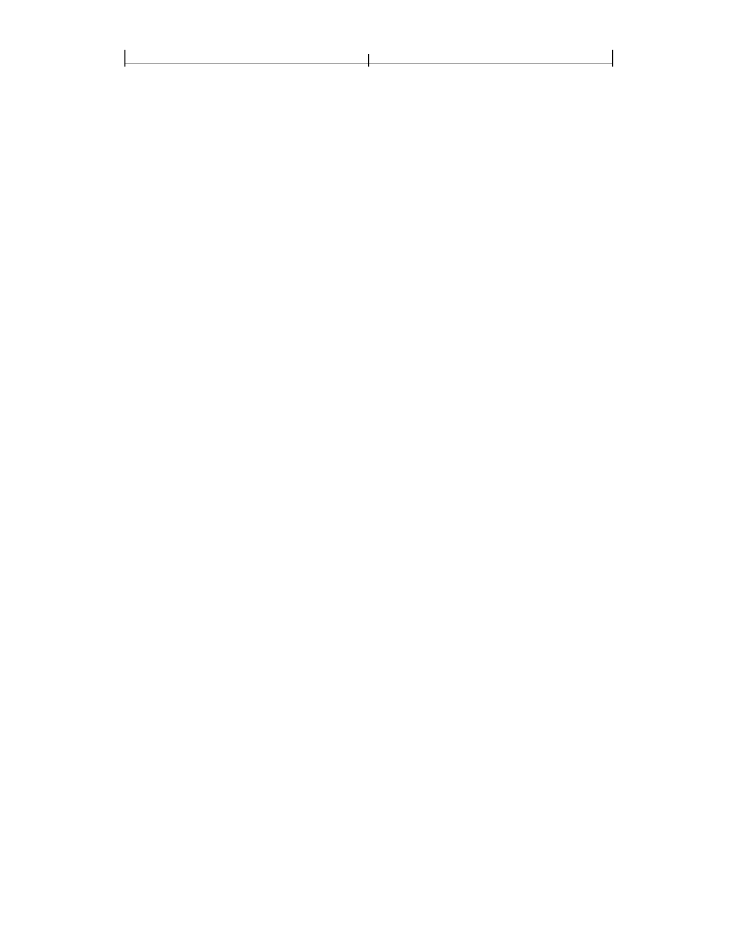
CHAPTER 2
36
Overview
through the sequential application of
path construction operators,
each of which
appends one or more new elements. The path object is ended by a
path-painting
operator,
which paints the path on the page in some way. The principal path-
painting operators are
S
(stroke), which paints a line along the path, and
f
(fill),
which paints the interior of the path.
•
A
text object
consists of one or more glyph shapes representing characters of
text. The glyph shapes for the characters are described in a separate data struc-
ture called a
font.
Like path objects, text objects can be stroked or filled.
•
An
image object
is a rectangular array of
sample values,
each representing a
color at a particular position within the rectangle. Such objects are typically
used to represent photographs.
The painting operators require various parameters, some explicit and others im-
plicit. Implicit parameters include the current color, current line width, current
font (typeface and size), and many others. Together, these implicit parameters
make up the
graphics state;
there are operators for setting the value of each im-
plicit parameter in the graphics state. Painting operators use the values currently
in effect at the time they are invoked.
One additional implicit parameter in the graphics state modifies the results of
painting graphics objects. The
current clipping path
outlines the area of the cur-
rent page within which paint can be placed. Although painting operators may
attempt to place marks anywhere on the current page, only those marks falling
within the current clipping path affect the page; those falling outside it do not af-
fect the page. Initially, the current clipping path encompasses the entire imagea-
ble area of the page. It can temporarily be reduced to the shape defined by a path
or text object, or to the intersection of multiple such shapes. Marks placed by sub-
sequent painting operators are confined within that boundary.
2.1.3 Raster Output Devices
Much of the power of the Adobe imaging model derives from its ability to deal
with the general class of
raster output devices.
These encompass such technologies
as laser, dot-matrix, and ink-jet printers, digital imagesetters, and raster-scan
displays. The defining property of a raster output device is that a printed or dis-
played image consists of a rectangular array, or
raster,
of dots called
pixels
(picture
elements) that can be addressed individually. On a typical
bilevel
output device,
each pixel can be made either black or white. On some devices, pixels can be set to
intermediate shades of gray or to some color. The ability to set the colors of